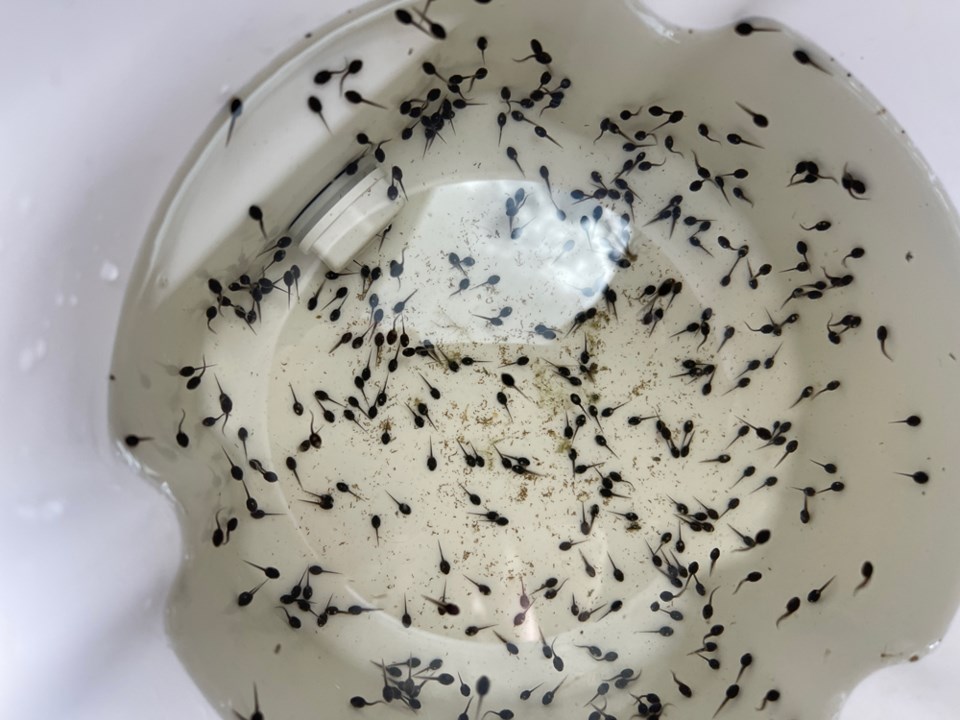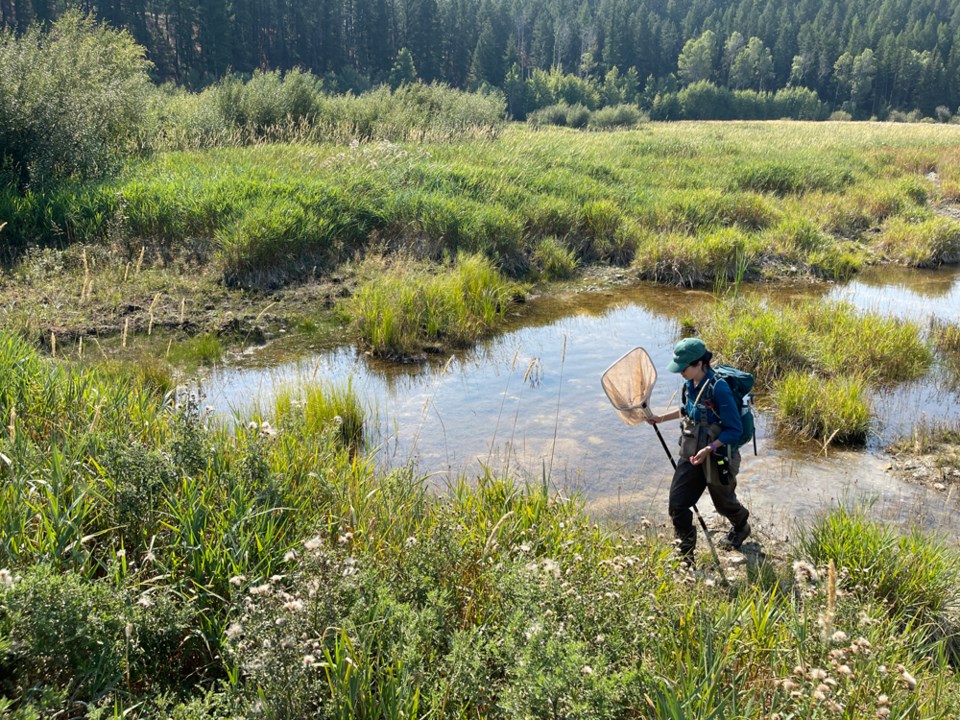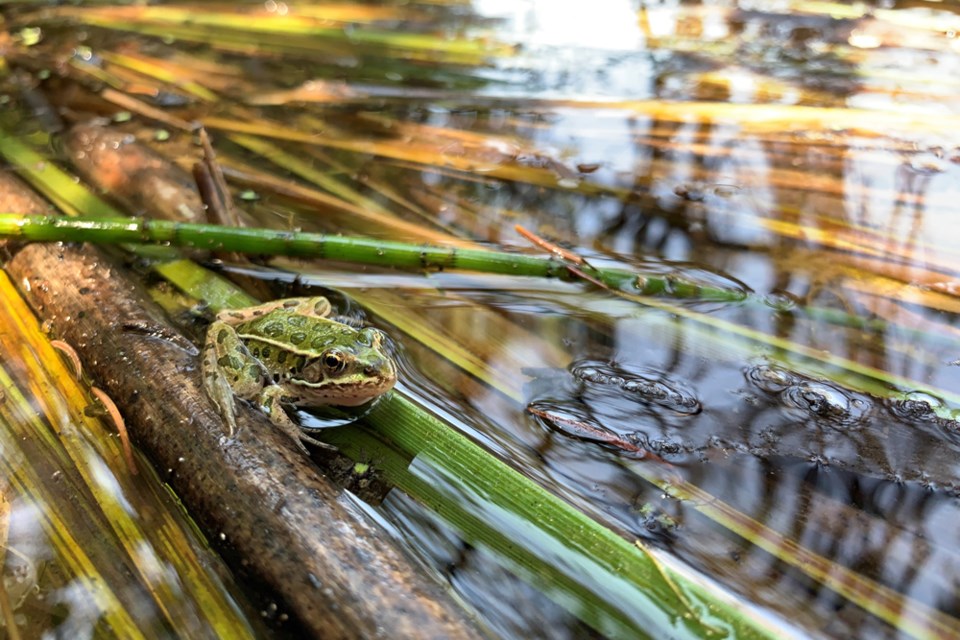They’re the tiniest of animals located in the smallest pockets of British Columbia – and they’re in need of a big helping hand.
The caring and dedicated staff at the Wilder Institute and their partners are pouring substantive efforts into doing just that.
Growing to only about 11 centimetres in size, the northern leopard frog has three different populations that spread across Canada. Anything east of Manitoba is considered the eastern population, those found in Alberta, Saskatchewan, Manitoba and small parts of the Northwest Territories are part of the Prairie/Boreal population, and those closest to home are part of the Rocky Mountain population, which is found solely in southeast British Columbia.
“As you go from east to west their status declines,” says Lea Randall, a conservation research population ecologist with the Wilder Institute. “They’re doing relatively well in Eastern Canada, and when you get to the Prairie/Boreal region, they’re considered threatened. Unfortunately, in British Columbia, we only have a single population in the Creston Valley and that population is considered endangered.”

Wilder Institute researchers and other members of the B.C. Northern Leopard Recovery Team work together to give those frogs native to B.C. a fighting chance.
A recently launched five-year reintroduction plan stretching into 2027 aims to help that single population rebound and eventually expand. Within five years, it’s hoped another population will breed and colonize around a purposefully selected site near Kimberley, B.C.
From there, the long-term hope is that the frog’s populations will not only grow, but move further afield and expand its currently narrow range.
“We’re really worried about the Creston population as it is, so we’re hoping to get those frogs established in other parts of the range,” Randall says. “Ultimately, we want to re-introduce these frogs into other parts of its range where it used to be found, but no longer is.”
The northern leopard frog gets its name from the leopard-like spots found on its back. The frog’s colour pattern is typically brown or green, and females often grow to be larger than males. As tadpoles, they’re primarily grazers looking to eat algae or detritus; as they grow and become predatory, the menu changes to grasshoppers and other insects, or even small animals including other frogs.
Pollution, habitat loss and exposure to chytrid fungus are the primary factors that have contributed to the loss of these populations.
As well, larger bullfrogs are an invasive species moving up from northern Idaho; they may carry disease, outcompete, or be predators of northern leopard frogs.
But it's also the northern leopard frogs’ need for very specific seasonal habitats that play into the current challenges. The frog needs shallow wetlands to breed in the summer, adjacent upland to forage for food and wetlands that don’t completely freeze in the winter and have high dissolved oxygen in order to allow for hibernation.

In short, the need for timely intervention is now.
To that end, Randall and her team are working on a site near Kimberley that contains more than 20 different wetlands, and a combination of all the other habitat needs to help the B.C. population rebound.
Preliminary signs do point to early and encouraging gains. The first batch of frogs have metamorphosed and they’re got some girth to them – which can improve overwinter survival and is essential for breeding.
A number of other vital benchmarks need to be realized as seasons change. Survival over the cold winter months is key, as is evidence of breeding in the wild and colonizing larger swaths of habitat.
“Frogs tend to be boom-or-bust type of animal. My real hope is that they will colonize some of these other ponds and breed in them as well. That would be one of my big checkmarks for success,” Randall says.
To support the Wilder Institute’s northern leopard frog program, visit wilderinstitute.org/conservation/northern-leopard-frog.



